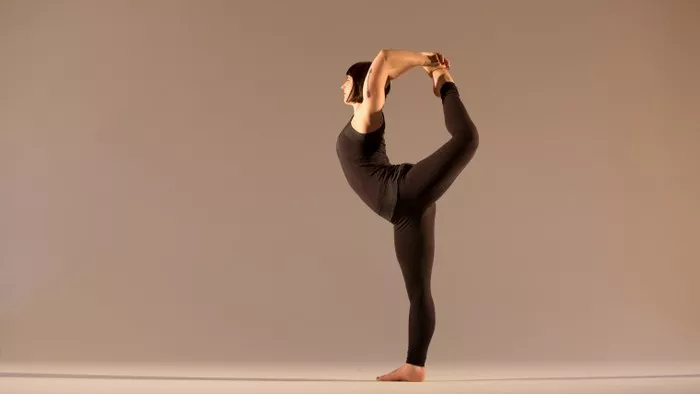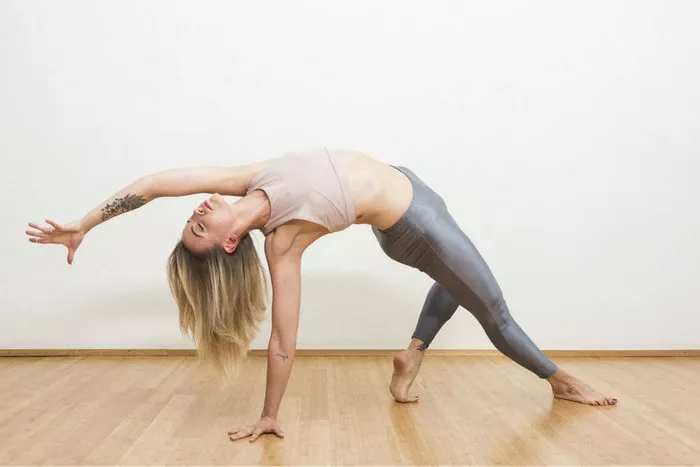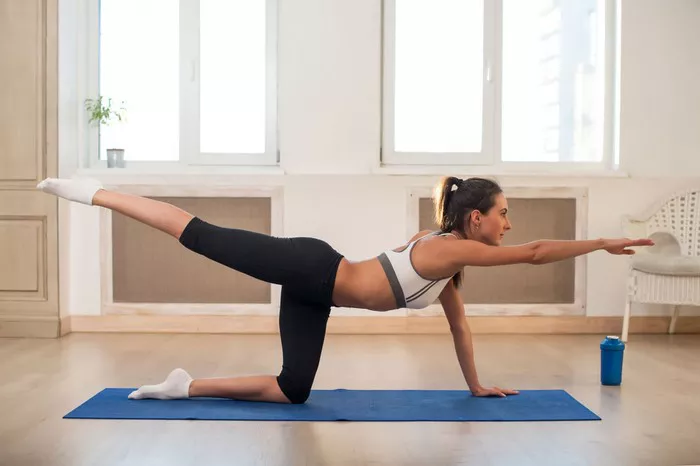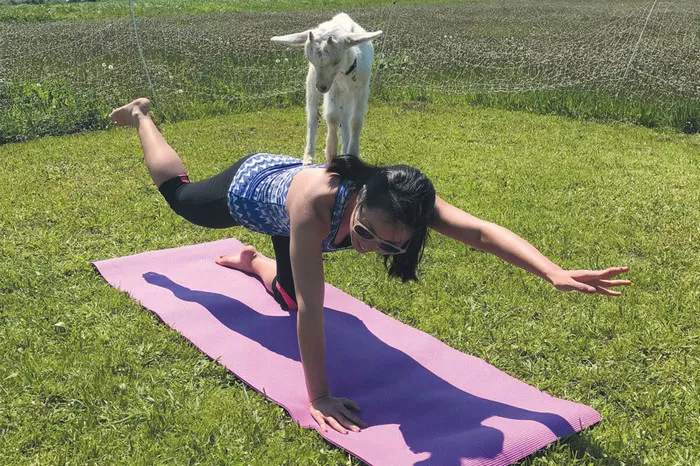In the vast tapestry of yogic philosophy, Gyan Yoga stands out as a profound path towards self-realization and enlightenment. Rooted in the ancient scriptures of India, Gyan Yoga, also known as Jnana Yoga, is the yoga of wisdom and intellect. It delves into the realm of knowledge, seeking to unravel the mysteries of existence and the true nature of the self. In this comprehensive guide, we will explore the essence of Gyan Yoga, its principles, practices, and the transformative power it holds for those who embark upon its journey.
Understanding Gyan Yoga:
Gyan Yoga is one of the four main paths of yoga outlined in Hindu philosophy, the others being Karma Yoga (the yoga of selfless action), Bhakti Yoga (the yoga of devotion), and Raja Yoga (the yoga of meditation and mind control). While each path has its unique approach, Gyan Yoga focuses on the cultivation of wisdom and the discernment of truth.
At its core, Gyan Yoga emphasizes the importance of knowledge in understanding the nature of reality and attaining liberation (moksha). It teaches that true wisdom comes not from external sources but from within, through self-inquiry and introspection. By transcending the limitations of the mind and intellect, practitioners of Gyan Yoga seek to realize their true essence, which is said to be pure consciousness (atman) beyond the realm of duality.
Principles of Gyan Yoga:
Viveka (Discrimination): Discrimination between the eternal and the transient is fundamental in Gyan Yoga. Practitioners learn to discern between what is real (Brahman, the ultimate reality) and what is illusory (maya, the world of appearances). Through this discernment, they begin to detach from worldly pursuits and recognize the impermanence of material existence.
1. Vairagya (Dispassion): Vairagya refers to detachment from worldly desires and attachments. In Gyan Yoga, practitioners cultivate a sense of dispassion towards material possessions, sensory pleasures, and egoic identification. By letting go of attachments, they free themselves from the cycle of suffering and move closer to self-realization.
2. Shravana (Listening): Shravana involves the attentive study of spiritual teachings, particularly the scriptures (such as the Upanishads, Bhagavad Gita, and Vedanta texts) and the guidance of enlightened masters (gurus). Through listening and contemplation, practitioners deepen their understanding of spiritual truths and gain insight into the nature of reality.
3. Manana (Reflection): Manana is the process of reflecting deeply upon the teachings and insights gained through shravana. Practitioners engage in introspection and critical inquiry, questioning their beliefs and assumptions to arrive at a deeper understanding of the self and the universe.
4. Nididhyasana (Meditation): Nididhyasana refers to the practice of meditation and self-inquiry. Through sustained meditation, practitioners direct their attention inward, probing the depths of consciousness to uncover the underlying truth of existence. This stage is characterized by profound introspection and the direct experience of one’s true nature.
Practices of Gyan Yoga:
While Gyan Yoga is primarily an inward journey of self-discovery, it also incorporates various practices to facilitate the process of knowledge and wisdom attainment. These practices include:
1. Study of Sacred Texts: Central to Gyan Yoga is the study of sacred texts such as the Upanishads, Bhagavad Gita, Vedanta Sutras, and works of Advaita Vedanta philosophers like Shankaracharya. Practitioners immerse themselves in the timeless wisdom contained within these scriptures, contemplating their meanings and insights.
2. Satsang (Association with Truth): Satsang refers to the company of truth-seekers and enlightened beings. Practitioners of Gyan Yoga often seek out the guidance of spiritual teachers (gurus) and participate in satsangs or spiritual gatherings where they can engage in discussions, ask questions, and receive guidance on their spiritual journey.
3. Self-Inquiry: Self-inquiry is a foundational practice in Gyan Yoga, involving the relentless questioning of one’s own identity and the nature of reality. Practitioners ask themselves, “Who am I?” and “What is the nature of the self?” This inquiry leads to a deeper understanding of the illusory nature of the ego and the realization of one’s true essence.
4. Contemplation: Contemplative practices, such as reflection on philosophical teachings and the nature of existence, are essential in Gyan Yoga. Practitioners contemplate concepts such as the unity of Brahman (ultimate reality) and Atman (individual self), the nature of consciousness, and the illusion of duality. Through contemplation, they gain insight into the underlying unity of all existence.
5. Meditation: Meditation plays a vital role in Gyan Yoga, serving as a means to quiet the mind and direct awareness inward. Practitioners may engage in various meditation techniques, such as mindfulness meditation, self-inquiry meditation (Atma Vichara), and contemplative meditation on abstract concepts like Brahman. Meditation deepens concentration, fosters inner peace, and facilitates direct experiential knowledge.
Yoga Postures (Asanas) for Gyan Yoga:
While Gyan Yoga primarily focuses on intellectual and contemplative practices, physical yoga postures (asanas) can also support the practice by promoting physical health, mental clarity, and energetic balance. Here are some yoga asanas that are particularly beneficial for practitioners of Gyan Yoga:
1. Sukhasana (Easy Pose): Sit comfortably on the floor with legs crossed and hands resting on the knees. Keep the spine erect and shoulders relaxed. This pose promotes a sense of grounding and stability, allowing practitioners to sit comfortably for extended periods of meditation and contemplation.
2. Padmasana (Lotus Pose): Padmasana is a classic meditation posture that promotes deep relaxation and concentration. Sit on the floor with legs crossed, placing each foot on the opposite thigh. Keep the spine straight and hands resting on the knees or in a mudra (hand gesture). Padmasana helps to open the hips and align the spine, facilitating a meditative state of mind.
3. Vajrasana (Thunderbolt Pose): Kneel on the floor with the tops of the feet flat on the ground and buttocks resting on the heels. Keep the spine erect and hands resting on the thighs or knees. Vajrasana is a grounding pose that promotes digestion, relieves tension in the lower back, and prepares the body for meditation and introspection.
4. Bhujangasana (Cobra Pose): Lie on the stomach with palms placed beneath the shoulders and elbows tucked close to the body. Inhale and lift the chest off the floor, keeping the elbows slightly bent. Arch the back and gaze upwards, lengthening the spine. Bhujangasana stretches the front of the body, opens the heart center, and invigorates the mind.
5. Balasana (Child’s Pose): Kneel on the floor with toes touching and knees hip-width apart. Sit back on the heels and fold the torso forward, resting the forehead on the mat and extending the arms forward in front of you or alongside the body, palms facing down. Allow the chest to melt towards the thighs and relax the shoulders. Balasana is a gentle resting pose that releases tension in the back, neck, and shoulders, promoting a sense of surrender and introspection.
6. Tadasana (Mountain Pose): Stand tall with feet hip-width apart, grounding evenly through all four corners of the feet. Engage the thighs, lift the kneecaps, and lengthen the tailbone towards the floor. Roll the shoulders back and down, extending the arms alongside the body with palms facing inward. Tadasana strengthens the legs, improves posture, and cultivates a sense of stability and presence.
7. Utkatasana (Chair Pose): Begin in Tadasana. Inhale and raise the arms overhead, palms facing each other. Exhale and bend the knees, lowering the hips as if sitting back into an imaginary chair. Keep the spine long and the weight in the heels. Hold the pose for several breaths, engaging the core and thighs. Utkatasana strengthens the legs, opens the chest, and builds heat in the body, invigorating the mind and senses.
8. Paschimottanasana (Seated Forward Bend): Sit on the floor with legs extended in front of you and feet flexed. Inhale and lengthen the spine, reaching the arms overhead. Exhale and hinge forward from the hips, keeping the back flat and leading with the heart. Reach for the feet or shins, resting the forehead towards the knees. Paschimottanasana stretches the entire back body, calms the mind, and promotes introspection.
9. Savasana (Corpse Pose): Lie on your back with legs extended and arms resting alongside the body, palms facing up. Close the eyes and allow the body to completely relax into the floor. Release any tension in the muscles and surrender to the present moment. Stay in Savasana for several minutes, focusing on the breath and allowing thoughts to come and go without attachment. Savasana rejuvenates the body and mind, integrating the benefits of the practice and preparing for meditation.
10. Matsyasana (Fish Pose): Lie on your back with legs extended and arms resting alongside the body. Slide the hands palms down, beneath the hips. Pressing the forearms and elbows into the floor, inhale and lift the chest towards the ceiling, arching the upper back. Keep the crown of the head lifted or gently lower it to the ground. Matsyasana opens the chest, throat, and heart center, stimulating the Vishuddha Chakra, associated with self-expression and communication.
Conclusion
In the journey of self-realization, Gyan Yoga stands as a profound path towards the attainment of wisdom, knowledge, and liberation. By delving into the depths of consciousness and unraveling the mysteries of existence, practitioners of Gyan Yoga embark upon a transformative journey of self-discovery and enlightenment. Through the cultivation of discernment, detachment, and contemplation, they come to realize the ultimate truth of their own divine nature, transcending the limitations of the ego and merging with the infinite.



















